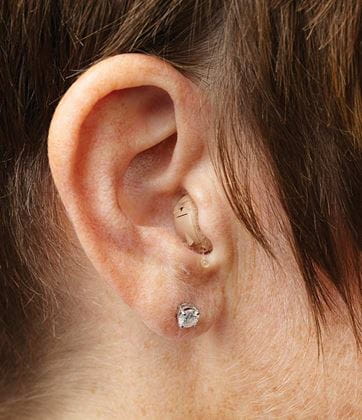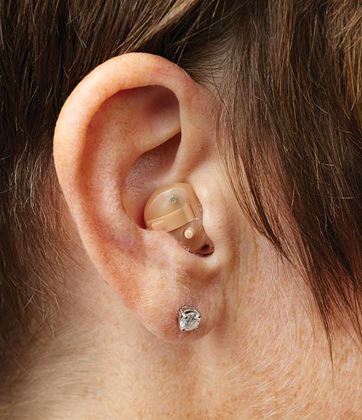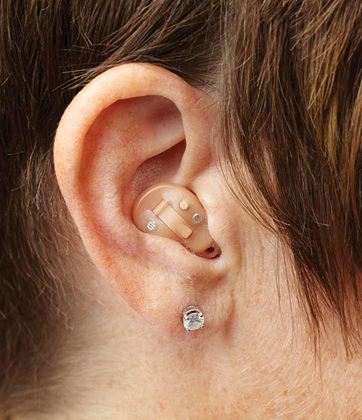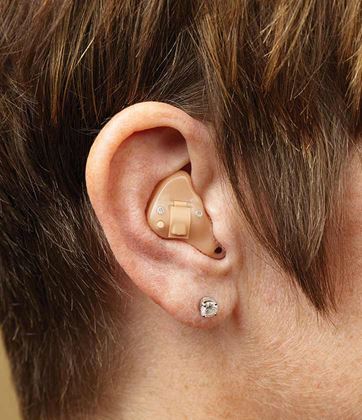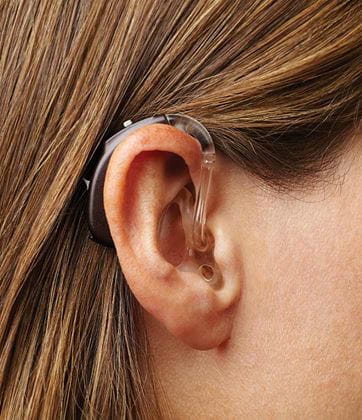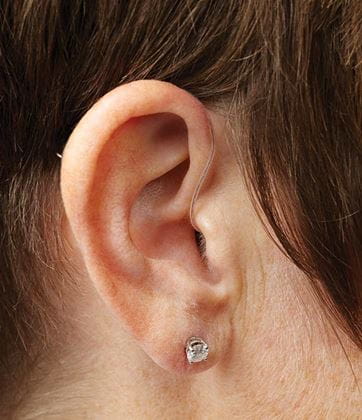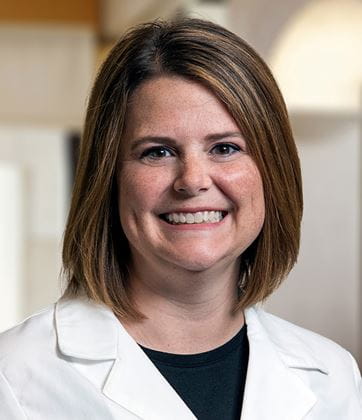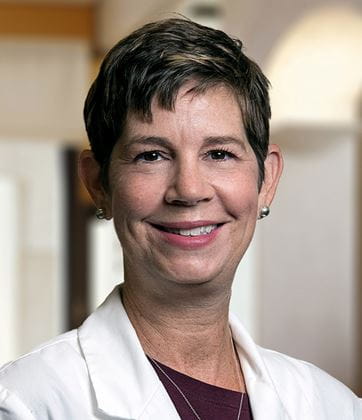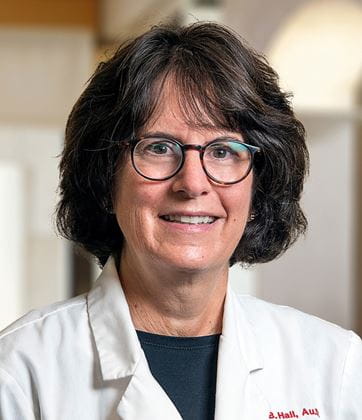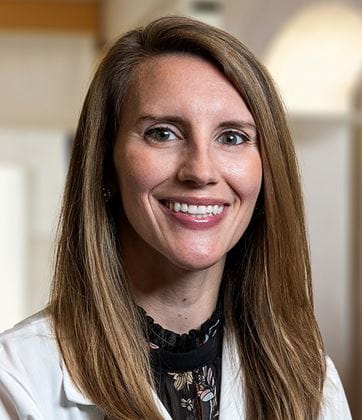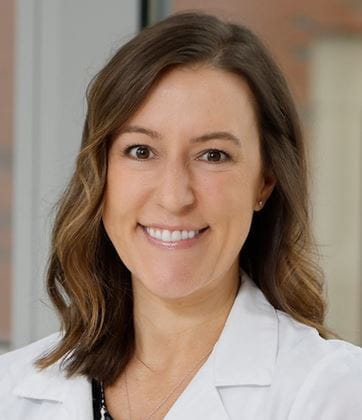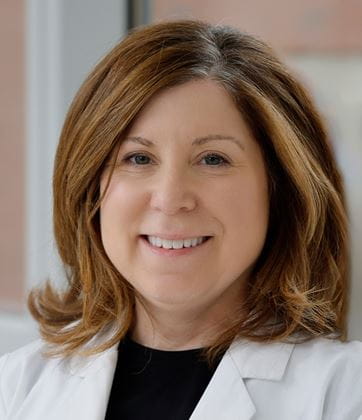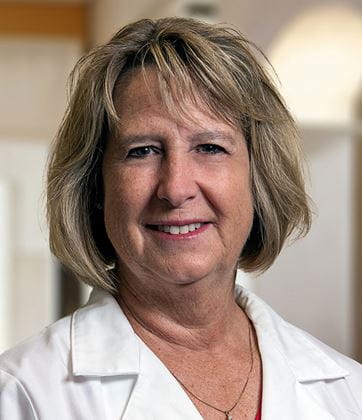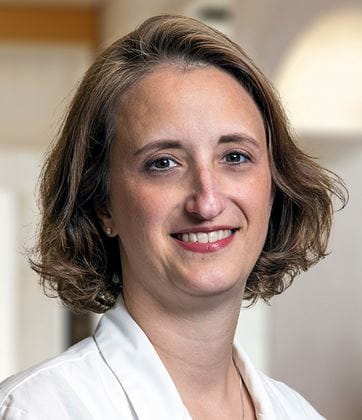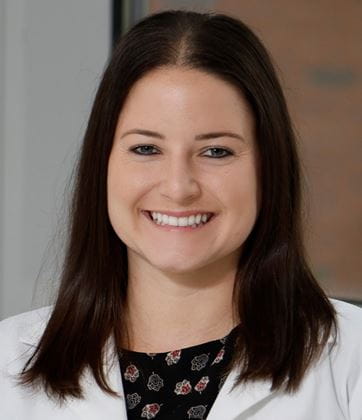Dealing with hearing loss, no matter the cause, can negatively impact your career, relationships and overall quality of life. Fortunately, there are various technologies available to help manage your hearing problems, and one of the easiest solutions is using a hearing aid.
Hearing aids are small electronic devices worn in or behind your ear that assist you in hearing. They amplify sound and can help people hear better in both quiet and noisy environments. Hearing aids allow you to regain the confidence you once had in social situations and give you the ability to engage comfortably with your friends and loved ones.
The team of expert audiologists and ear, nose and throat (ENT) physicians at The Ohio State Wexner Medical Center will work closely with you to determine the exact level of your hearing loss and treat any underlying conditions that might be causing it. Then, we can fit you with the ideal hearing aid type to help improve your hearing and get you back to enjoying life.
Types of hearing aids available from the Ohio State Wexner Medical Center
Hearing aids vary by size, their placement (behind the ear or completely inside the ear canal) and how much they amplify sound. The hearing aid that will work best for you depends on what kind of hearing loss you have and how severe it is.
Choosing the right hearing aid is essential and there is no one-size-fits-all approach. Our audiologists can help make sure you choose the correct device for your medical issues, financial budget and goals.
Over-the-counter hearing aids vs. custom hearing aids
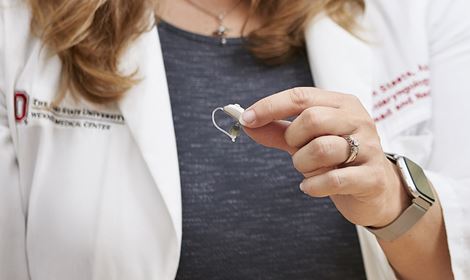
What you should know before shopping for over-the-counter hearing aids
OTC hearing aids (hearables) have been approved for use with mild to moderate hearing loss. While you might prefer these for affordability and ease of purchase, you should still consult an audiology expert at the Ohio State Wexner Medical Center to establish a baseline hearing test and be sure this is an appropriate option for you.
Also, prescription hearing aids can be customized to fit any ears or hearing needs, including more severe hearing loss.
How do hearing aids work?
To understand how a hearing aid works, it’s important to understand the five parts that make up one. The parts include:
- A microphone – to capture sound and digitize it
- An amplifier – to enhance the digital signal’s volume
- A speaker – to relay the amplified sound into your ear
- A computer chip – to be programmed by an audiologist to fit your diagnosis
- A battery – to keep the whole machine running
Today’s hearing aids are more than amplifiers that just make sound louder. In fact, a hearing aid is a sophisticated piece of state-of-the-art technology with a variety of roles, from making sounds understandable to filtering out background noise to improving comprehension of speech.
Here are some examples of current hearing instrument technology:
- Automatic signal processing: This type of signal processing keeps the output of the hearing instrument comfortable, so manual changes are unnecessary. Soft sounds are amplified, while loud sounds receive little or no amplification.
- Feedback management: This gives hearing aid users access to increased high-frequency amplification without feedback (the whistling and buzzing noise a hearing aid can make).
- Noise management: Modern hearing instruments can continually monitor incoming signals and determine the amount of noise in the environment. They then automatically minimize background noises, such as those in a restaurant or at a party.
- Directional technology: Directional microphones provide heightened clarity for users by focusing on sounds coming from the front and lessening noise sources coming from other directions.
- Wireless accessories: By linking up to your Bluetooth-enabled smartphone or other devices, these add-ons will provide improved sound quality and clarity — even when you're streaming from your TV or listening to music.

